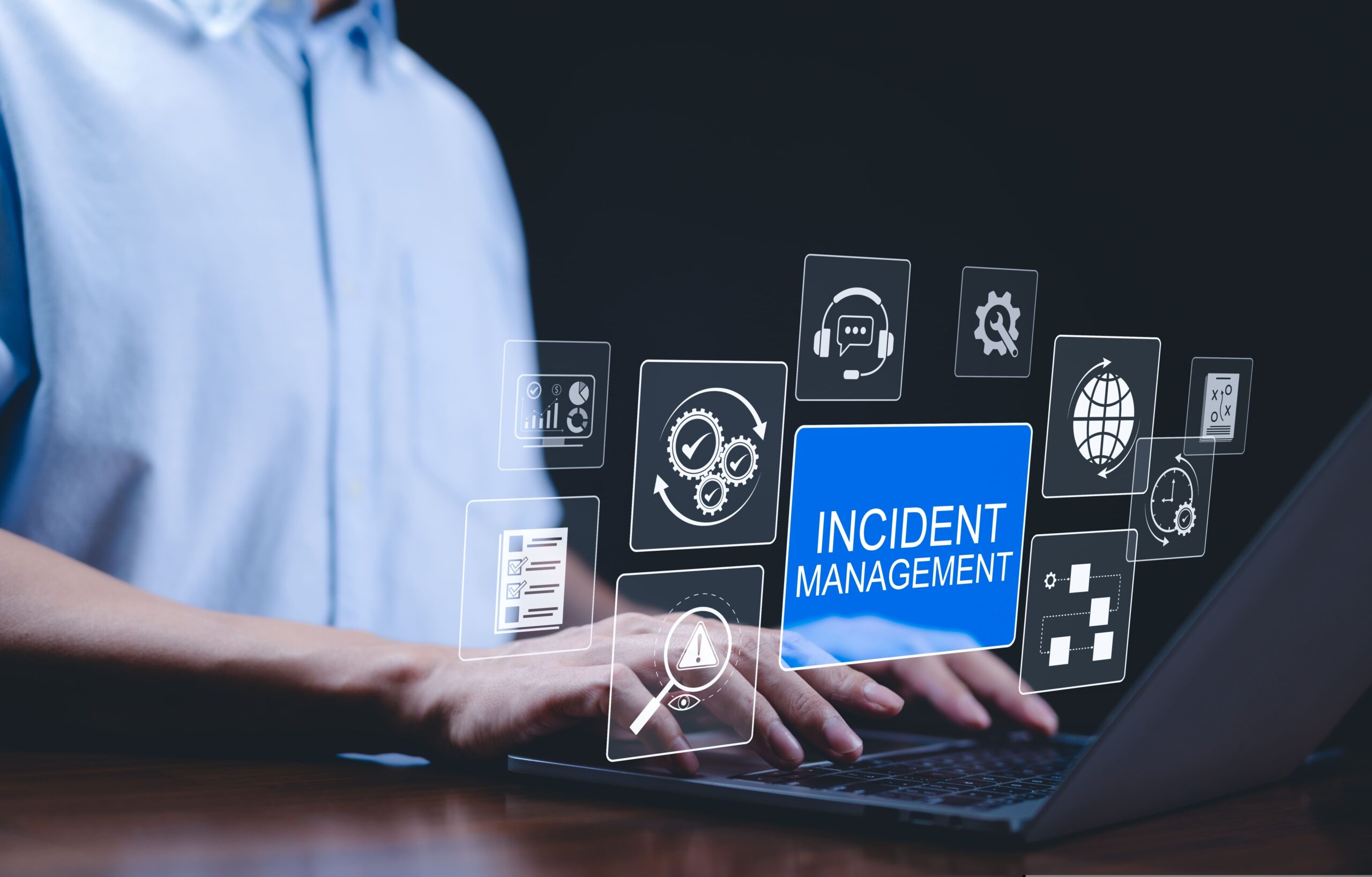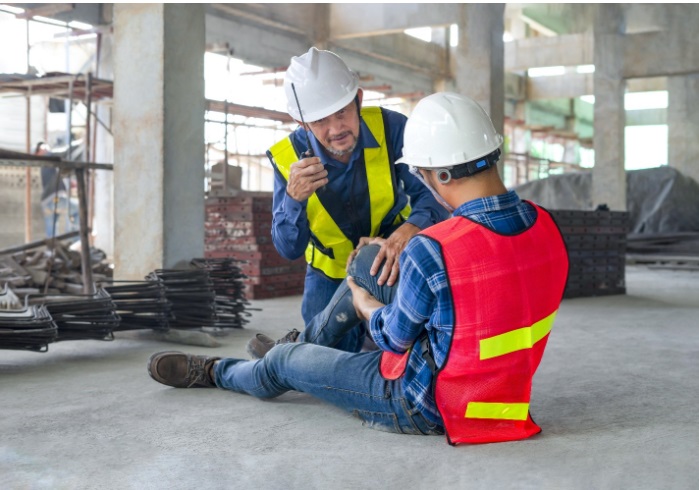Incident Management and incident investigations are a core function of a safety management system. In this four-part series, several key concepts have been previously discussed. First, the purpose of incident management should be to learn and improve. Second, avoiding blame is necessary to build trust. Third, it is not necessary to wait until an incident occurs to begin to learn and improve. In this last article of the series, additional best practices are explored.
Shared here are some interesting excerpts from fellow safety professionals regarding best practices for incident management and incident investigations:
Language as a Primer
Rosa Antonia Carrillo, Co-host for The Safety View
On the social side of safety, we could begin by not calling them “investigations.” If it is to be a learning event it should have a name that does not inspire fear. Of course, changing the name but keeping the same elements will not do.
Gordon Foot, FNI, Client Representative, Formosa
It is all about the language you use. Most companies are stuck with traditional terminology (this may take a lifetime to change) but it should not prevent those conducting ‘investigations’ to set out their bench in a positive/just culture/learning lessons framework that is inclusive, respectful and uses relationships and trust to get the most benefit out of an unintended event. When you do not then you miss out on so much.
Management Involvement
Jim Loud CSP MS MPH, Safety Management Consultant at James Loud Consulting
Accidents represent a failure in the management system. That system clearly belongs to management and, therefore, it is their responsibility to make needed safety improvements, just as they are responsible for fixing problems with production, sales, quality, delivery times, etc. Unfortunately, in safety we often try to fix system problems for them rather than with them.
Managers should take the lead (with appropriate oversight) for investigating and fixing organizational weaknesses, including those pertaining to safety. When we take them out of the investigation and correction loop, we should not be surprised when we do not get buy-in for our findings.
Peter Aird, Complex well Drilling operations, well engineering and training.
40 years of leadership failures and never been asked to participate in a non-injury related true real and evident safety accident event yet. When we raise these to management no one is interested (they remain in self-denial). We follow suit because we have no empowerment, and our hands are tied to do anything. So, one can conclude how seriously I see oil and gas HSE and management professional view of safety related accidents and incidents, where, if no one gets hurts, who cares?
Process Improvements, including Inclusivity
Ben Wood, Safety Learning Manager, RNLI
We should try to achieve a ‘partnering’ / ‘ally’ type relationship between those typically involved – That is those of us tasked with the exploration of human/system occurrences (whether generated preemptively or not) and those operating in the ‘frontline’ environment.
Some of this comes down to social, relationship aspects – fear & trust. These are powerful inhibitors that can impact the outcome. Some of it comes down to the science, the methodologies, and models that we use, whether Task analysis, HFACS, CREAM, SOAM etc. It is a balancing act to achieve the right blend of all these elements.
Work hard to forge more developed & deeper connections with empathy, curiosity, and a mutual understanding of challenges and more importantly, opportunities. Striving to achieve a shift in the dynamics of our relationships could open some rewarding conversations & engagement.
Andy Wood, GRAD IOSH/MIIRSM – H & S/ Risk Management/Governance Practitioner
Addressing the balance starts before investigations. It is about getting the approaches with HR, Safety and Quality aspects right. Have a policy where ‘systems failures’ are the focus on investigations, rather than ‘human failures.’ This shows a commitment to invest in staff and a ‘fair blame’ culture. The knock-on effect is you get staff buy in and a willingness to change. We all know change must take place. We also know that there are ‘human failures’ but it’s about the approach to seek out the answers.
Use the talent within the organization to conduct investigations – remove the silo approach – therefore a multifaceted approach – looking at all known available data and contributing to practical solutions that can be successfully embedded. Having reams Policies and Procedures are no good either if the culture is not right.
While incident management and incident investigations have been a cornerstone of organizational EHS programs for many decades, the fundamentals of why they are performed and the methods in which they are performed has not truly evolved during that time. Rather than blame and punish, incident management should be focused on learning and improving. Ultimately, the goal of incident management, and the entire EHS program, should be on ensuring things go right more than reacting when things go wrong.
For more details: Click here & Contact SafetyStratus Now.
AUTHOR BIO

Cary comes to the SafetyStratus team as the Vice President of Operations with almost 30 years of experience in several different industries. He began his career in the United States Navy’s nuclear power program. From there he transitioned into the public sector as an Environmental, Health & Safety Manager in the utility industry. After almost thirteen years, he transitioned into the construction sector as a Safety Director at a large, international construction company. Most recently he held the position of Manager of Professional Services at a safety software company, overseeing the customer success, implementation, and process consulting aspects of the services team.
At SafetyStratus, he is focused on helping achieve the company’s vision of “Saving lives and the environment by successfully integrating knowledgeable people, sustainable processes, and unparalleled technology”.



